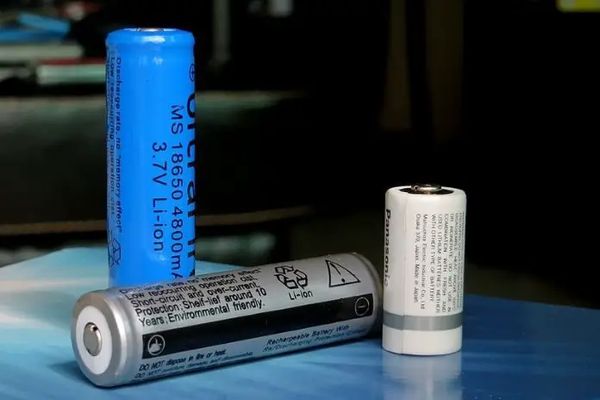Cr123 Vs Cr123a

In the world of batteries, the CR123 and CR123A have established themselves as popular choices for various electronic devices. However, the distinctions between these seemingly similar battery types often lead to confusion among consumers. This article aims to unravel the differences between CR123 and CR123A batteries, shedding light on their applications and helping users make informed decisions.
Understanding CR123 and CR123A Batteries
Both CR123 and CR123A batteries are non-rechargeable lithium batteries known for their high energy density and long shelf life. They are widely used in devices requiring reliable power sources, such as cameras, flashlights, medical devices, and more. Despite their shared characteristics, there are notable differences that users should consider.
25 pcs Energizer Lithium CR123A 3V Photo Lithium Battery
Physical Dimensions
One of the primary differences lies in the physical dimensions of the batteries. CR123 batteries have slightly smaller dimensions compared to CR123A batteries. The variation in size can impact the compatibility of the battery with specific devices, so it’s crucial to select the correct type based on the device’s requirements.
Voltage and Capacity
Both CR123 and CR123A batteries typically have a nominal voltage of 3 volts. However, the capacity, measured in milliampere-hours (mAh), can vary between different brands and manufacturers. CR123A batteries often offer a slightly higher capacity, potentially providing longer usage times between replacements.
Applications
CR123 and CR123A batteries find applications in a range of electronic devices:
- Cameras: These batteries are commonly used in digital cameras, especially those that demand high power for flash usage and continuous shooting.
- Flashlights: CR123 and CR123A batteries are favored in high-performance flashlights due to their power output and long shelf life.
- Medical Devices: Devices like glucose meters and hearing aids benefit from the stable voltage and capacity of these batteries.
- Security Systems: Wireless security devices, such as motion sensors and remote controls, often rely on CR123 and CR123A batteries for consistent power.
Choosing the Right Battery
When selecting between CR123 and CR123A batteries, consider the following factors:
- Device Compatibility: Always refer to the device’s user manual to determine the correct battery type and size.
- Voltage and Capacity: If the device allows for both types, consider the required capacity and usage time for your specific needs.
- Longevity: Evaluate the shelf life of the batteries, especially if they are for backup use or occasional usage.
Conclusion
CR123 and CR123A batteries, while similar in many aspects, differ in physical dimensions and potential capacity. Understanding these differences is essential for ensuring compatibility and optimal performance in your electronic devices. By choosing the right battery type based on device requirements, users can enjoy prolonged usage, enhanced performance, and the convenience of reliable power sources for their gadgets.




